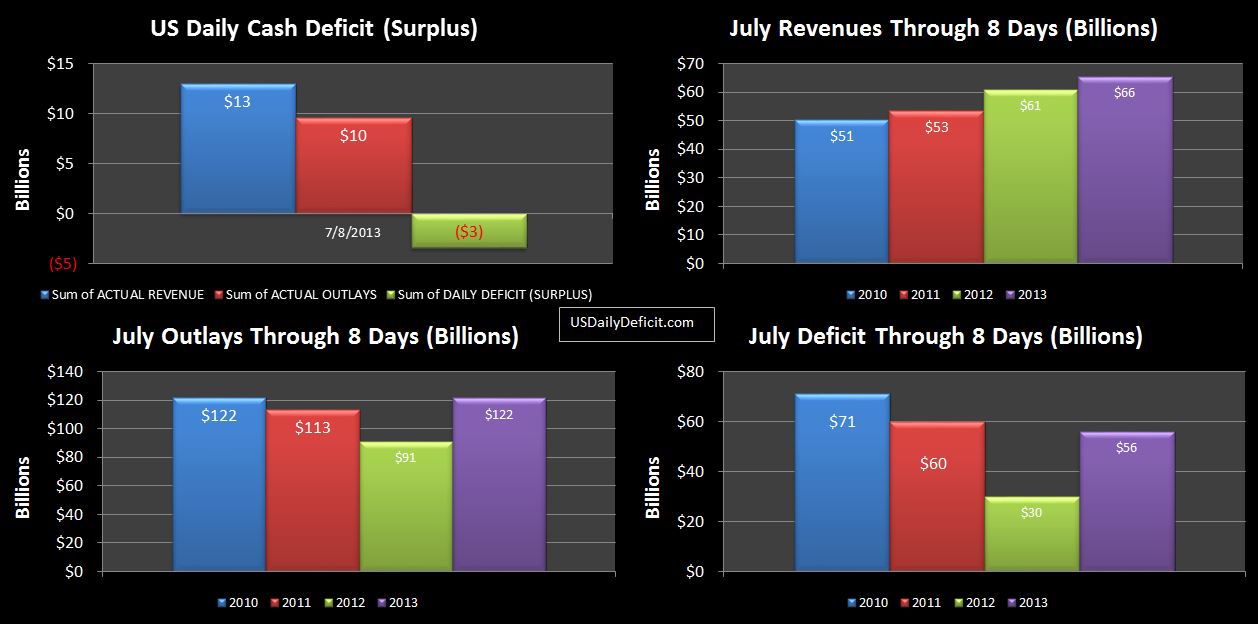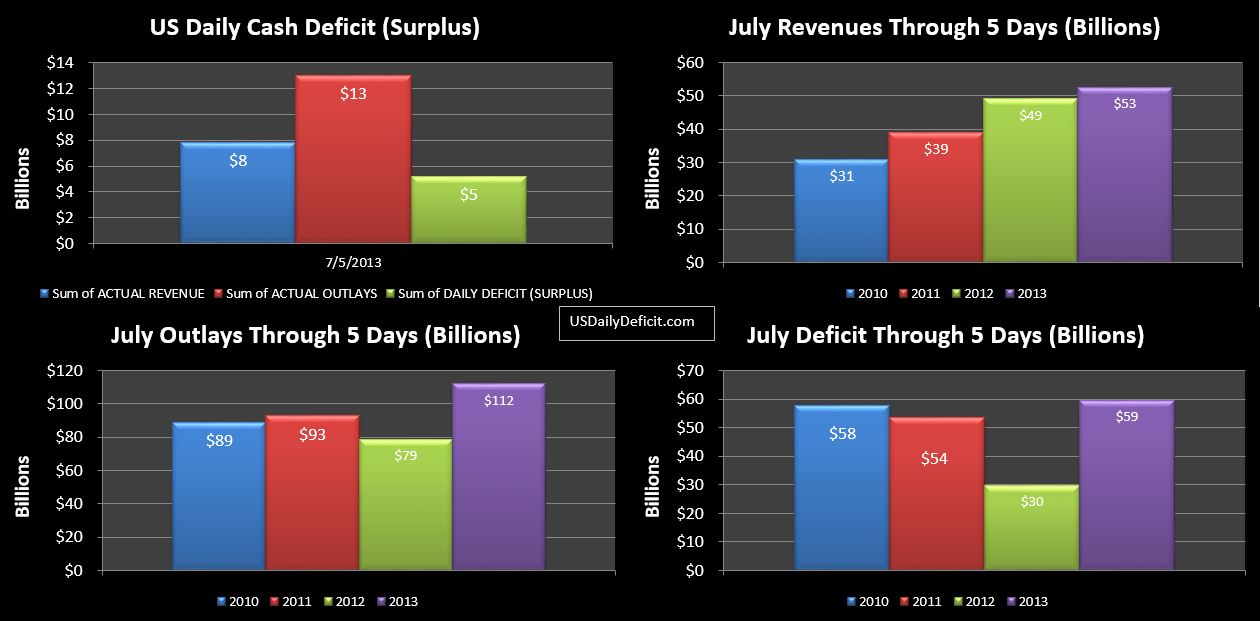I’ve been seeing a lot of Obamacare Articles, and even some on the minimum wage, so I thought I would crunch the numbers and see what the fuss is all about.
In Texas, the minimum wage is 7.25 an hour, which pencils out to $15k per year, or $1250 per month. Let’s ignore FICA, unemployment insurance, workers comp, and burdensome administrative costs and go straight to the elephant in the room….healthcare.
Say I have two equally qualified candidates…one a healthy 25 year old non smoking male. The other, 45 year old smoker, with 4 children and a pregnant wife…high risk of course.
The cost of insurance for the 25 year old may be $5000, but there is a good chance actual costs will be zero. Personally, I made it through my 20’s with a single Dr. visit…for stitches, and I paid the full $600 because my deductible was like $2k. On the other hand, a family plan is probably going to run 25k, and actual costs…given the high risk pregnancy and smoking could easily run 100k…or much higher.
What should our business owner do? All he wants is a minimum wage employee to sweep the shop and mow the grass. He’s ready and willing to pay $15k…maybe even 20k. But $40k…no way!! Unfortunately, due to the laws and regulations…our business owner is not allowed to ask, or use the employees health as a factor in his hiring decision, despite the fact that different employees can have a huge difference in cost. This is a huge problem nobody is talking about. Companies, especially smaller ones, need to be able to forecast with precision how much it is going to cost to add headcount, and with the current setup, medical costs to the employer are completely unpredictable. In my opinion, this is one (of many) reasons unemployment/underemployment is as high as it is.
Let’s look at it from another perspective. So, imagine you are at the car dealership…trying to decide between the red minivan and the blue minivan. The cost is the same…$30k. You ultimately decide on the blue one, and walk up the checkout line…where the salesperson rings it up. That will be $60k. Say what?? Well….it turns out that this minivan was built on an assembly line by high risk/unhealthy workers. So while the sticker is $30k just like the red one (built by only young and healthy employees) but there is a $30k surcharge.
Wait just a minute you say….I changed my mind. I want the red one for $30k…or maybe I no longer need a minivan. “See…the thing is” the salesman replies….”if you try to change your mind now….the unhealthy employees and the federal government are going to sue your ass to the moon.”
As a buyer of consumer goods….you can realize the absurdity of this scenario, but this is in fact businesses…as consumers of labor must deal with on a regular basis. Is it any wonder employer’s are hesitant to hire? They have no idea what an employee is going to cost them until after they make an offer, and especially with low wage employees, the cost of insurance could easily be more than the wages they are offering. No thanks!! So…they stick with contractors and part time workers. Everybody ends up losing, most of all the employee who now can’t find a job period. Thanks Uncle Sam….those darn unintended consequences….when will he learn?
Now…back to our example, assume that the businessman instead ends up hiring both guys. They have the same skills, and perform the exact same task, but the healthy, unmarried employee has a total compensation package of $20k…$15k wages and $5k of healthcare. Our second employee makes twice that….$15k of wages, and an additional $25k for healthcare. Blatant discrimination right? Nope…just the status quo….an involuntary transfer of wealth from the young and healthy to the old and sick.
The solution is simple….employment and healthcare must be severed completely, and individuals must take personal responsibility for their own healthcare needs. Were this done…the businessman in our example above could offer a wage of $25k to both of his new employees with no health benefits. Each employee could then go purchase whatever health care plan…or no plan that best met their needs. Furthermore…they would need to accept responsibility for their own decisions. If they decide to smoke…and then need $250k for a lung transplant…well…better crack open the piggy bank….you made your life choices…you can no longer force your co-workers and/or society pay the tab for your decisions. Same goes for the myriad of other health woes caused by personal choices.
The bottom line is…the current healthcare delivery model in this country is all kinds of screwed up. An employer should be able to offer an employee a specific wage for a specific job just as I can walk into a grocery store with $3 and walk out with a gallon of milk. Until we have that, it is going to be very difficult for all young and unskilled workers to find employment

